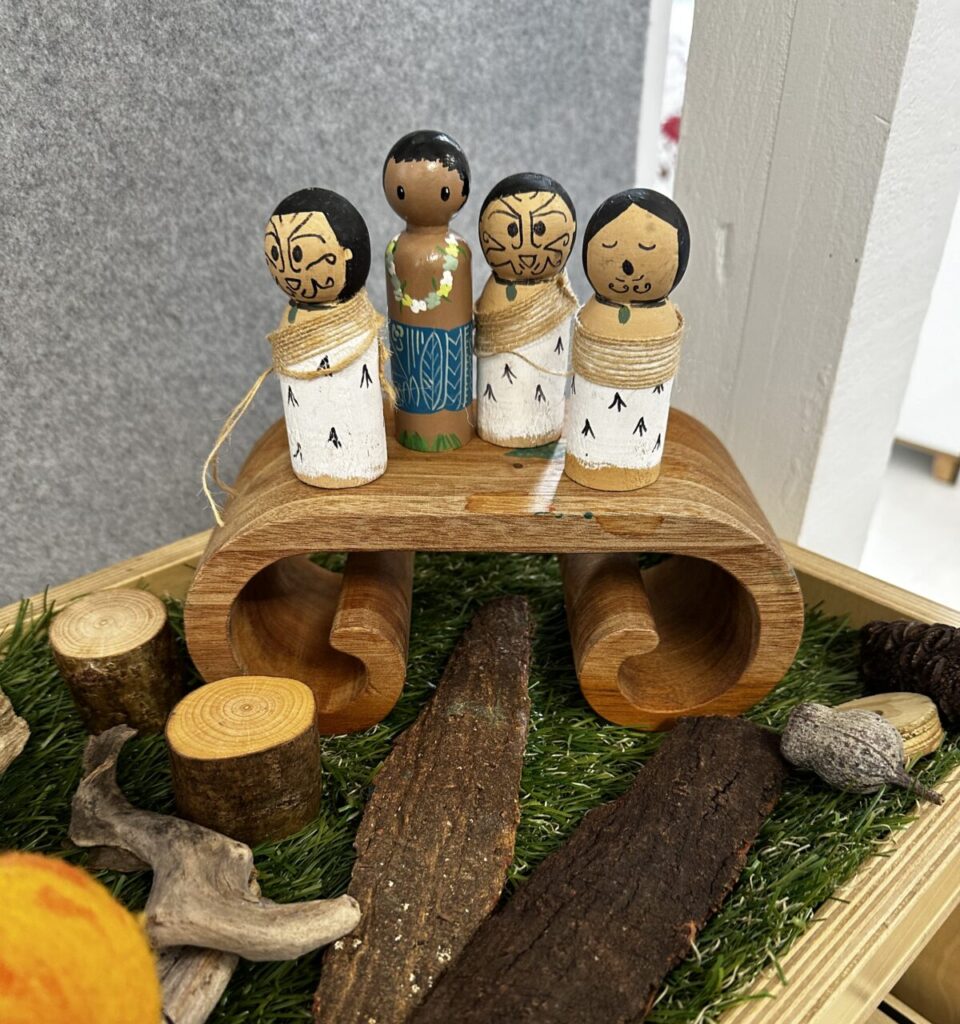
Aotearoa – A Learning Tapestry
In this blog post, Paty Ruas (Mentor Educator at Hilltop) reflects on her powerful learning experience while recently attending the annual Early Childhood Study Tour in Aotearoa New Zealand. You can learn more about this Study Tour on our website and reach out to us at ANZTour@hilltopcc.org if you’d like to attend a future tour!
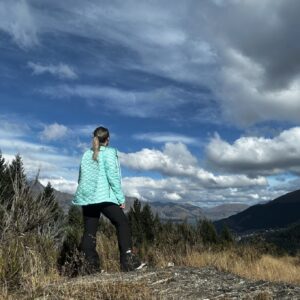 Ah, Aotearoa New Zealand! I feel that it’s one of those places where the land is alive. There is movement, breath, grief, and reparation. My time in ANZ had a distinct quality of being timeless. When I encounter experiences in my life that are deeply meaningful, there is a sense of expansion, contraction, and inherent growth. The boundaries of time as we are accustomed to did not feel as significant there. This is all to say that, during my time on the study tour, although the days were regimented by a well-defined schedule, I found myself being launched into a space of contemplation. This newfound clarity naturally steered me to see the larger tapestry of education in a unique way, stretching my thinking. It gave me pause. And the possibility to breathe again.
Ah, Aotearoa New Zealand! I feel that it’s one of those places where the land is alive. There is movement, breath, grief, and reparation. My time in ANZ had a distinct quality of being timeless. When I encounter experiences in my life that are deeply meaningful, there is a sense of expansion, contraction, and inherent growth. The boundaries of time as we are accustomed to did not feel as significant there. This is all to say that, during my time on the study tour, although the days were regimented by a well-defined schedule, I found myself being launched into a space of contemplation. This newfound clarity naturally steered me to see the larger tapestry of education in a unique way, stretching my thinking. It gave me pause. And the possibility to breathe again.
This study tour has been a gift that keeps on giving. I am so grateful for this opportunity, and I acknowledge the people who started this idea and those who continue to engage in this work of collaboration with ANZ throughout the years. As with so many collaborative creations, they have ended up taking on a life of their own. Hilltop Children’s Center, along with Inspire LLC, have been carrying on this work in partnership with the brilliant minds of ANZ. If you would like to know more about how it all got started, I encourage you to read the articles at the end of this post which illustrate the work of those who were instrumental in setting a solid foundation for this work.
I now extend to you, the reader, an invitation to deliberately take your time as you read and reflect on these three main takeaways. I hope they will challenge and inspire you, as they certainly have provoked me, to re-examine my place in the larger tapestry of education and how I can be part of a community of policy changers here in the U.S.
1 – Quality of Children’s presence
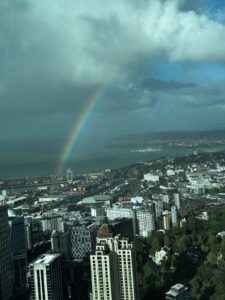
I noticed children being genuinely present, engaged with the world around them, and within themselves. There’s a tangible presence, a feeling of children’s sovereignty, where they seem grounded, solid within their own selves. All of this can be translated through the ways in which they take leadership in their own learning, and how they connect with others. I observed children immersed in their learning, through lots of uninterrupted play time, and naturally flowing between indoor and outdoor spaces. They had autonomy in choosing how they wanted to explore their day, the materials, the spaces, and who they wanted to interact with. With this protected time to build autonomy, they seemed at ease, comfortably engaging with each other, their teachers, and even us visitors. My takeaway is that children’s wisdom, uniqueness, and cheekiness are celebrated and represented in an authentic way.
2 – Ethical Curriculum
The kindergarten schools (in the US we refer to them as preschools or early childhood centers) that I visited organize themselves with the premise of supporting children’s sovereignty. There is a framework of core practices culturally designed to bring life to a bicultural framework, the Te Whariki national curriculum, in a way that makes sense to each school site. I noticed a strong emphasis on “contribution” as a value to be lived by all people, amplifying the idea of a collective force. Families often invest their energy and time in curriculum construction, and they provide meaningful perspectives to the schools. One example is the videos I watched of families sharing what’s been significant in their observations of their child’s discoveries, as well as what they learned from each other at family gatherings prepared by teachers. Another observation of an ethical approach to curriculum is the view that learning is created in community, by children, families, and teachers, instead of only having the teachers at the center of the curriculum planning. This model provides everyone the chance to slow down, to share ideas with one another, and to center on ongoing learning stories that capture the working theories children are engaged in.
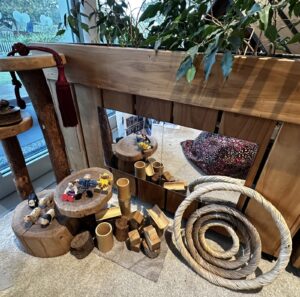 3 – Environments with Intellectual Integrity
3 – Environments with Intellectual Integrity
There is coherence in how the schools design their environments. To support a strong image of children being at the heart of learning, with autonomy and curiosity, the materials are intentional, and the spaces are tailored to offer a sense of fluidity. Most spaces have “collections” displayed all around, with open-ended toys, as well as mirrors, plants, and natural items. The use of “intelligent materials” is evident in many schools. They are usually materials that are open-ended, think of acorns and rocks for example, which spark children to research, coming up with their own ideas for how to use them. Even materials that are more structured, such as Legos, can be expanded to go beyond their primary use, such as construction, to avoid a mere replication of ideas. There is also a culture of honoring and trusting the care for the materials. Children think of them as treasures to be cherished and nurtured. I noticed how often when children are done playing with something, they would set up the materials in an inviting way for others.
I want to emphasize that what I have experienced merely encapsulates a window of my own learning and how it continues to impact my thinking. Within this window, my learning is still in construction, being transformed every day, informing my work as a Program Mentor at Hilltop. Lastly, I can say that this study tour in Aotearoa New Zealand has been a driving force, launching me into reimagining possibilities and expanding the work already happening at Hilltop and that is an exhilarating place to be.
Paty Ruas (she/her/Ha’e) is a Program Mentor & Educator at Hilltop Children’s Center. She has been working with young children for over 20 years, teaching since 2006, and is passionate about anti-bias education, community-building, and Indigenous and shamanic healing practices. She finds creative inspiration in nature, writing, and dancing, and believes in creating learning environments where children and adults feel respected, valued, and connected. Paty identifies as Latinx/Indigenous/White presenting and Brazilian American.
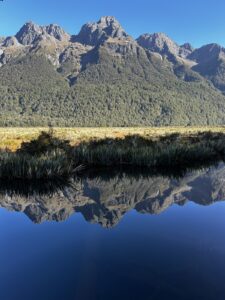
Additional Resources:
Aotearoa New Zealand Inspires Us to Reinvent Ourselves: Margie Carter, Eliana Elias, and Ijumaa Jordan Te Whariki Curriculum: https://tewhariki.tki.org.nz/
Learning from Aotearoa New Zealand: Margie Carter
Study Tours Reveal a New World of Ideas: Margie Carter and Eliana Elias